
The most delicious manju is the one you make yourself.
One of the most quintessential Japanese sweets is the manju. They come in many varieties but at their core, they’re a ball of mellow sweet bean paste wrapped in a delectably soft dough. It’s one of those snacks so steeped in tradition and associated with old-fashioned shops and hot springs, that it doesn’t often occur to people that they can even make manju at home.
However, not only is it possible, but it’s also pretty easy to whip up a batch of these sweet treats in your own kitchen with the main ingredient being mere hotcake mix. There are lots of recipes and videos online that show how, such as this one.
But since it’s all in Japanese it might be hard for some people to follow. So, let’s all go through the process step-by-step in English, starting with the ingredients. Everything you’ll need is in this picture: milk (30 milliliters / 1 ounce), hotcake mix (100 grams / 3.5 ounces), sweet bean paste (400 grams / 14 ounces), and sugar (70 grams / 2.5).
The measurements will probably need some fine-tuning depending on your own preferences. For example, we ended up knocking the sugar way down to 20 grams (0.7 ounces), since the hotcake mix and beans would provide a lot of sweetness on their own.
“Sweet bean paste” can come in different varieties as well. Most recipes call for “koshian” which is filtered to a very smooth paste. However, we used “tsubuan” which still has chunks of bean in the paste. But much like the difference between creamy and crunchy peanut butter, the flavor is basically the same. It’s mainly just a textural preference.
First mix the mix, sugar, and milk in a bowl.
Congratulations! Your manju dough is now ready. It’s just that simple.
After that we wrapped it in plastic and let it sit for a while at room temperature. Strangely the recipe didn’t say how long, but we did it for about two hours. The key point is that the dough becomes noticeably smoother and swells a bit.
Next, make an equal number of little balls of dough and bean paste. Each dough ball should be about 10 grams (0.35 ounces) and the bean balls should be around 20 grams (0.7 ounces).
Up until now, this has been a hotcake walk, but things get a little tricky when it comes to assembly. The video shows the dough balls being flattened by hand and then wrapped around the bean ball.
However, whenever we tried it, the beans kept poking through the dough, breaking it. This may have been because of our own clumsiness or because we went with the more coarse tsubuan, but either way we broke out the rolling pin for more reliable results.
It still wasn’t perfect, but it’d do. From there all we needed to do was steam these little guys in a pot at high heat for 20 minutes. If you’re using a professional steamer, it’ll probably take much less time, so be sure to adjust accordingly.
Once done, let the cooked manju cool down before eating. We found this to be the second most difficult part of the recipe, because they smelled so good.
We admit, they don’t look exactly like professionally made manju that you’d find in traditional Japanese confectionary stores, but they sure did taste just as good!
If you can’t eat the whole thing in one sitting, then just pop the rest in the fridge or freezer. Don’t wait too long though. We found that the outer surface got a little hard over time, so if possible, eat them all right after cooking for maximum enjoyment.
And so, now you know how to make a traditional Japanese confection. Use this knowledge wisely…or don’t. I mean, I have half a mind to make a giant rice cooker manju now, so I can’t very well advise any of you to exercise restraint.
Source: Wagashi no Waseda-ya
Photos ©SoraNews24
● Want to hear about SoraNews24’s latest articles as soon as they’re published? Follow us on Facebook and Twitter!
[ Read in Japanese ]

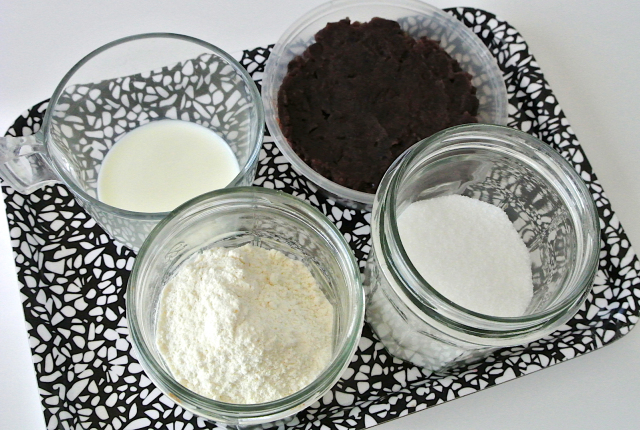
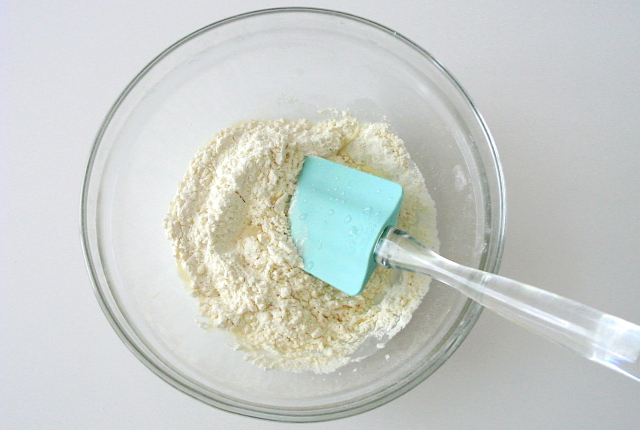
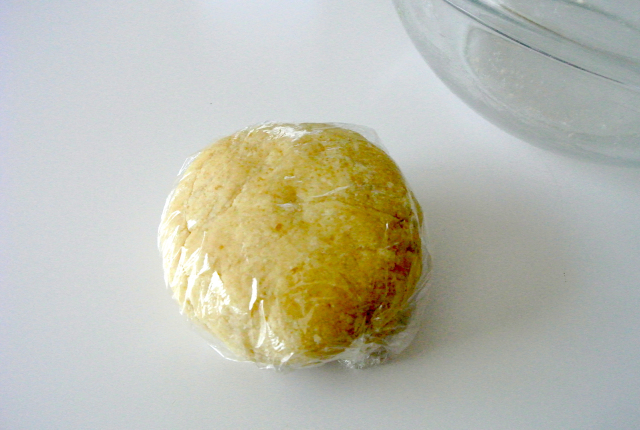
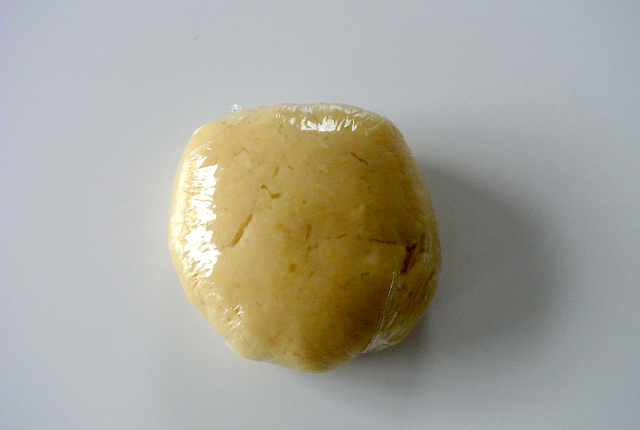
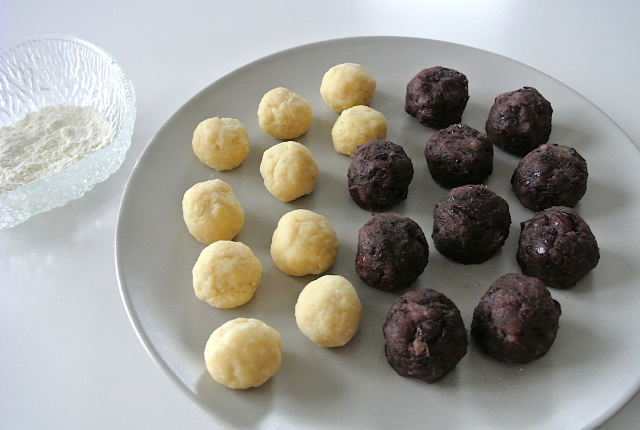
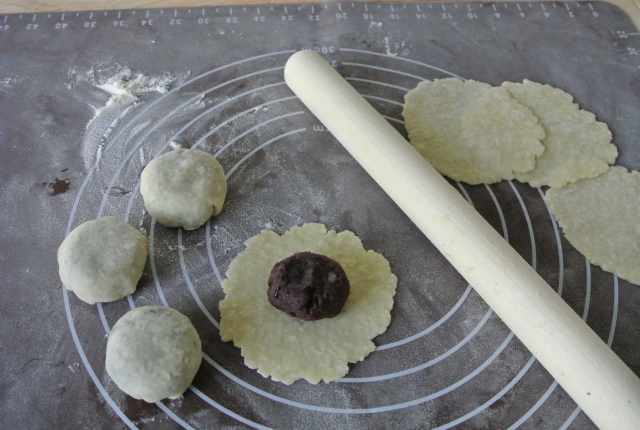
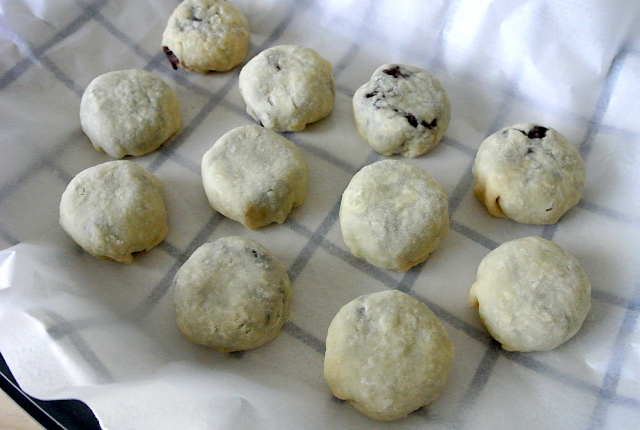
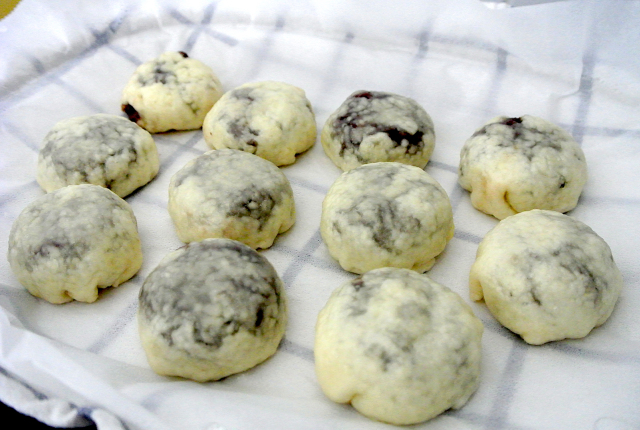
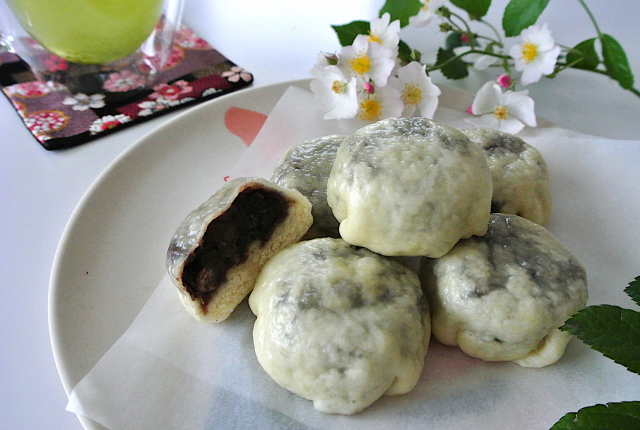
 “Demon manju”: A low-prep recipe for a delicious regional snack made from sweet potato
“Demon manju”: A low-prep recipe for a delicious regional snack made from sweet potato It turns out making this traditional Niigata dessert is easy, so we tried it!【SoraKitchen】
It turns out making this traditional Niigata dessert is easy, so we tried it!【SoraKitchen】 How to make craft cola with all natural ingredients【SoraKitchen】
How to make craft cola with all natural ingredients【SoraKitchen】 Puyo Puyo Manju return after 21 years…and our Puyo Puyo fan reporter achieves a childhood dream
Puyo Puyo Manju return after 21 years…and our Puyo Puyo fan reporter achieves a childhood dream Matcha green tea pancake mix coming to Japanese grocery stores next month
Matcha green tea pancake mix coming to Japanese grocery stores next month Japan may add Japanese language proficiency, lifestyle classes to permanent foreign resident requirements
Japan may add Japanese language proficiency, lifestyle classes to permanent foreign resident requirements Lacquerware supplier to emperor of Japan and Pokémon team up for new tableware
Lacquerware supplier to emperor of Japan and Pokémon team up for new tableware Disillusionment at Tsukiji’s tourist-target prices led us to a great ramen restaurant in Tokyo
Disillusionment at Tsukiji’s tourist-target prices led us to a great ramen restaurant in Tokyo 7-Eleven Japan starts new temporary luggage storage service in over 300 branches
7-Eleven Japan starts new temporary luggage storage service in over 300 branches Sephiroth in real life? How to unsheathe a massive 6.8-foot samurai sword
Sephiroth in real life? How to unsheathe a massive 6.8-foot samurai sword This limited-edition Pikachu doll from Steiff will zap you with its sheer cuteness!
This limited-edition Pikachu doll from Steiff will zap you with its sheer cuteness! Final Evangelion movie is finally finished, because Hideaki Anno says it is
Final Evangelion movie is finally finished, because Hideaki Anno says it is Japan’s top 10 travel experiences in the sky【Survey】
Japan’s top 10 travel experiences in the sky【Survey】 Lace boxer briefs for men: Japanese company creates underwear that’s beautiful and functional
Lace boxer briefs for men: Japanese company creates underwear that’s beautiful and functional Daiso opens massive new 25,392-square foot Tokyo flagship store with its two sub-brands included
Daiso opens massive new 25,392-square foot Tokyo flagship store with its two sub-brands included Starbucks teams up with 166-year-old Kyoto doll maker for Year of the Horse decorations【Photos】
Starbucks teams up with 166-year-old Kyoto doll maker for Year of the Horse decorations【Photos】 Tokyo’s Tsukiji sushi neighborhood asks tour groups to stay away for the rest of the month
Tokyo’s Tsukiji sushi neighborhood asks tour groups to stay away for the rest of the month Starbucks Japan releases new zodiac chilled cup drink for 2026
Starbucks Japan releases new zodiac chilled cup drink for 2026 Street Fighter Hadouken Churros to be launched and eaten in Tokyo, Okami pudding on offer too
Street Fighter Hadouken Churros to be launched and eaten in Tokyo, Okami pudding on offer too Is this the most relaxing Starbucks in Japan?
Is this the most relaxing Starbucks in Japan? Starbucks on a Shinkansen bullet train platform: 6 tips for using the automated store in Japan
Starbucks on a Shinkansen bullet train platform: 6 tips for using the automated store in Japan Large amount of supposed human organs left in Osaka marketplace
Large amount of supposed human organs left in Osaka marketplace Japan’s human washing machines will go on sale to general public, demos to be held in Tokyo
Japan’s human washing machines will go on sale to general public, demos to be held in Tokyo Japanese train company is letting fans buy its actual ticket gates for their homes
Japanese train company is letting fans buy its actual ticket gates for their homes Tokyo considering law requiring more trash cans following litter increase in heavily touristed area
Tokyo considering law requiring more trash cans following litter increase in heavily touristed area Is China’s don’t-go-to-Japan warning affecting tourist crowds in Tokyo’s Asakusa neighborhood?
Is China’s don’t-go-to-Japan warning affecting tourist crowds in Tokyo’s Asakusa neighborhood? Nintendo’s Kirby now delivering orders at Kura Sushi restaurants, but not in Japan
Nintendo’s Kirby now delivering orders at Kura Sushi restaurants, but not in Japan Tokyo event lets you travel back in time, for free, to celebrate 100 years since Showa era start
Tokyo event lets you travel back in time, for free, to celebrate 100 years since Showa era start Survey asks foreign tourists what bothered them in Japan, more than half gave same answer
Survey asks foreign tourists what bothered them in Japan, more than half gave same answer Japan’s deadliest food claims more victims, but why do people keep eating it for New Year’s?
Japan’s deadliest food claims more victims, but why do people keep eating it for New Year’s? We deeply regret going into this tunnel on our walk in the mountains of Japan
We deeply regret going into this tunnel on our walk in the mountains of Japan Studio Ghibli releases Kodama forest spirits from Princess Mononoke to light up your home
Studio Ghibli releases Kodama forest spirits from Princess Mononoke to light up your home Major Japanese hotel chain says reservations via overseas booking sites may not be valid
Major Japanese hotel chain says reservations via overseas booking sites may not be valid Put sesame oil in your coffee? Japanese maker says it’s the best way to start your day【Taste test】
Put sesame oil in your coffee? Japanese maker says it’s the best way to start your day【Taste test】 The top 10 annoying foreign tourist behaviors on trains, as chosen by Japanese people【Survey】
The top 10 annoying foreign tourist behaviors on trains, as chosen by Japanese people【Survey】 No more using real katana for tourism activities, Japan’s National Police Agency says
No more using real katana for tourism activities, Japan’s National Police Agency says Starbucks Japan reveals new sakura drinkware collection, inspired by evening cherry blossoms
Starbucks Japan reveals new sakura drinkware collection, inspired by evening cherry blossoms Here’s the Studio Ghibli cookbook recipe to make Lin’s Spirited Away sweets she gave to Chihiro
Here’s the Studio Ghibli cookbook recipe to make Lin’s Spirited Away sweets she gave to Chihiro Make your junk food more wholesome with homemade no-fry Jagarico croquettes【SoraKitchen】
Make your junk food more wholesome with homemade no-fry Jagarico croquettes【SoraKitchen】 New Japanese Kit Kat captures the taste of Hiroshima with Momiji Manju flavour
New Japanese Kit Kat captures the taste of Hiroshima with Momiji Manju flavour How to make your own Pringles-flavor instant noodles【SoraKitchen】
How to make your own Pringles-flavor instant noodles【SoraKitchen】 How to make Kyoto’s most famous dessert, nama yatsuhashi, with your microwave
How to make Kyoto’s most famous dessert, nama yatsuhashi, with your microwave How to make Japanese melon pan out of any type of bread
How to make Japanese melon pan out of any type of bread How to make a hot pudding drink with Japanese purin【SoraKitchen】
How to make a hot pudding drink with Japanese purin【SoraKitchen】 Hotcake-man steamed pancake buns make their heroic return to Japanese convenience stores
Hotcake-man steamed pancake buns make their heroic return to Japanese convenience stores We can’t stop eating this chicken ramen noodle and chocolate snack we made【SoraKitchen】
We can’t stop eating this chicken ramen noodle and chocolate snack we made【SoraKitchen】 This delicious naan-focaccia combination is the one thing we want for dessert right now【SoraKitchen】
This delicious naan-focaccia combination is the one thing we want for dessert right now【SoraKitchen】 We try making red-bean rice using an ice cream bar【SoraKitchen】
We try making red-bean rice using an ice cream bar【SoraKitchen】 How to make cheese with just three ingredients【SoraKitchen】
How to make cheese with just three ingredients【SoraKitchen】 How to make a “curry rice bowl” using instant oatmeal instead of rice 【SoraKitchen】
How to make a “curry rice bowl” using instant oatmeal instead of rice 【SoraKitchen】 How to make self-isolation tiramisu with simple ingredients【SoraKitchen】
How to make self-isolation tiramisu with simple ingredients【SoraKitchen】 We try a method for making ice cream that doesn’t require a freezer【SoraKitchen】
We try a method for making ice cream that doesn’t require a freezer【SoraKitchen】
Leave a Reply